Population, Migration, and Socioeconomic Outcomes among Island and Mainland Puerto Ricans
Population, Migration, and Socioeconomic Outcomes among Island and Mainland Puerto Ricans
La Crisis Boricua
Marie T. Mora, Alberto Dvila and Havidn Rodrguez
Foreword by Francisco L. Rivera-Batiz
LEXINGTON BOOKS
Lanham Boulder New York London
Published by Lexington Books
An imprint of The Rowman & Littlefield Publishing Group, Inc.
4501 Forbes Boulevard, Suite 200, Lanham, Maryland 20706
www.rowman.com
Unit A, Whitacre Mews, 26-34 Stannary Street, London SE11 4AB
Copyright 2018 by Lexington Books
All rights reserved . No part of this book may be reproduced in any form or by any electronic or mechanical means, including information storage and retrieval systems, without written permission from the publisher, except by a reviewer who may quote passages in a review.
British Library Cataloguing in Publication Information Available
Library of Congress Cataloging-in-Publication Data Available
ISBN 978-1-4985-1686-0 (cloth: alk. paper)
ISBN 978-1-4985-1687-7 (electronic)
 The paper used in this publication meets the minimum requirements of American National Standard for Information SciencesPermanence of Paper for Printed Library Materials, ANSI/NISO Z39.48-1992.
The paper used in this publication meets the minimum requirements of American National Standard for Information SciencesPermanence of Paper for Printed Library Materials, ANSI/NISO Z39.48-1992.
Printed in the United States of America
We dedicate this book to the millions of Puerto Ricans, on both the island and the mainland, who continue to persevere and move forward to fulfill the ever-elusive American dream; to those who have not lost hope in the midst of La Crisis Boricua and in the aftermath of Hurricane Mara, but continue to aspire and work hard to achieve socioeconomic success; to those who, despite decades of economic stagnation, continue to devote themselves to improving their lives and those of their families; to those who have embarked on journeys between the island and the mainland, and throughout the continental United States as a consequence, in direct response, and in defiance to La Crisis Boricua and Hurricane Mara. To those Puerto Rican generations, past and present, we dedicate this book to you, and we are hopeful you will be able to fulfill the Puerto Rican dream.
Contents
Francisco L. Rivera-Batiz
Francisco L. Rivera-Batiz
Over the past decade, Puerto Rico has suffered one of its deepest economic and social crises in recent history. News stories about the Islands fiscal collapse and huge public debt appear on a weekly basis in the New York Times , Wall Street Journal , The Economist , and on the financial and economic pages of newspapers worldwide. This careful and well-researched volume by three prominent social scientists analyzes the sources of the crisis and its impact on the Puerto Rican population both on the Island and in the U.S. mainland. Tracing the demographics, migration patterns and socioeconomic outcomes of Puerto Ricans, this book presents a detailed picture of the changing and ultimately worrying landscape generated by the crisis.
Puerto Rico is at a critical juncture as a result of what the authors in this book call the perfect storm of economic shocks and long-standing trends that has affected its economy. The first, and most immediate, challenge arises from the governments dire financial situation. Underlying the fiscal crisis is the growth of public debt from $24 billion in 2000 to $74 billion in 2017. As a result, the ratio of debt to gross national product (GNP) rose from close to 58 percent in 2000 to 104 percent in 2017. This ballooning debt, which is compounded by $49 billion in pension obligations, is linked to decades of populist government over-spending. The accumulating debt eventually became impossible to service and in May 2017, Puerto Ricos Governor Ricardo Rossell declared his intention to start bankruptcy-style procedures under the statutes of the Puerto Rico Oversight, Management, and Economic Stability Act (PROMESA) enacted by the U.S. Congress to manage the Islands fiscal crisis.
As the book documents, the second challenge facing Puerto Rico is its collapsing economy. The economic development strategy adopted by the government since the late 1940sinitially through the initiative called Operation Bootstraprelied heavily on integrating Puerto Rico into the U.S. economy and attracting U.S. foreign direct investment to the Island. This development model started to break down in the 1970s, partly as a result of rising competition from emerging markets in East Asia and Latin America. However, manufacturing employment in Puerto Rico remained strong because of a federal tax law that exempted U.S. firms operating on the Island from paying federal taxes on their profits (Section 936 of the Internal Revenue Service tax code). This sustained Puerto Rico as a pharmaceutical and manufacturing powerhouse. Furthermore, profits from these mostly American companies were deposited in the Puerto Rican financial system, which allowed the banking industry to grow as well, supporting a robust construction and real estate industry.
But most of the components of the development strategy pursued since the 1940s have been drastically undermined one by one over the last ten to fifteen years. First, the phase-out of Section 936, which began under the administration of President William Clinton in the mid-1990s and ended on December 31, 2005, led to a significant reduction of manufacturing production, as many pharmaceuticals and other firms closed their operations. Manufacturing employment in the Island dropped from 120,000 in 2003 to less than 79,000 in 2015. Foreign direct investment has shrunk and shows no sign of recovery in any significant way since then.
The American financial crisis of 200708 had a particularly severe impact on Puerto Rico. The period since the Great Recession started has been associated with a decline in the total number of employed workers in Puerto Rico from 1.3 million in 2006 to 990,000 in 2015, both through rising unemployment rates but also because of declining labor force participation rates, which are now below 40 percent. And linked to the collapse of the real estate and construction industries in the Island has been the downfall of a number of major local financial institutions. As a result, the assets of commercial banks in Puerto Rico decreased from $101.5 billion in 2005 to $59 billion in 2015, a decline that was matched by a sharp reduction of the banking sectors loan portfolios. The lack of access to credit has had a deep impact on the Islands private sector. Investment in physical capital declined sharply from 27 percent of GNP in 2001 to 13 percent in 2015. Compounding these changes has been a demographic transition that has reduced the natural rate of population growth and increased the fiscal burden of supporting an older, retired population.
This volume provides a timely and detailed analysis of the demographic and socioeconomic consequences of La Crisis Boricua. These consequences are deep and, as detailed in this book, they constitute historical changes for both the Island and for the United States. First is the outflow of people. The authors estimate that 646,932 people migrated out of Puerto Rico on a net basis between 2006 and 2016. This represents the largest population loss of the Island in any given decade since it became a territory of the United States in 1898. The outmigration cuts across any class and income lines in Puerto Rican society. Contrary to popular belief, the authors do find that, on average, less skilled persons were more likely to abandon the Island than the rest of the population, but at the same time they also find that there has been a substantial net outflow in specific fields, such a doctors and health professionals, a trend that may have severe consequences for health care. The drop in consumer demand associated with the population decline has also had a negative, multiplier impact on the Puerto Rican economy, sponsoring a vicious cycle of declining economic and population changes.

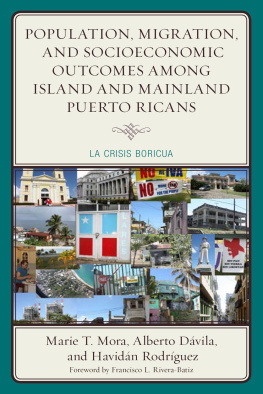

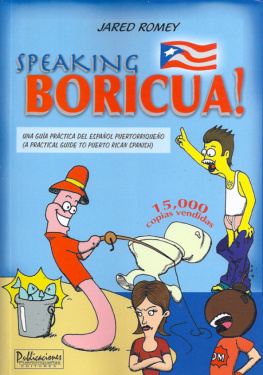
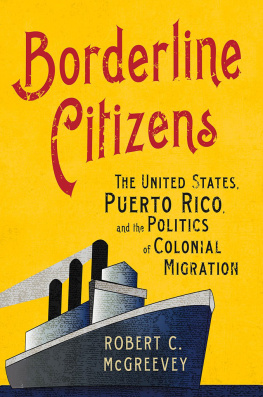
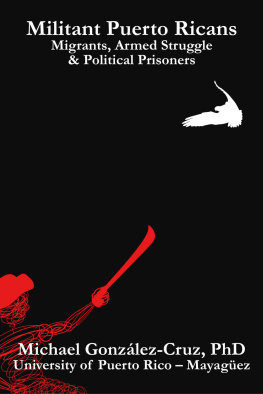





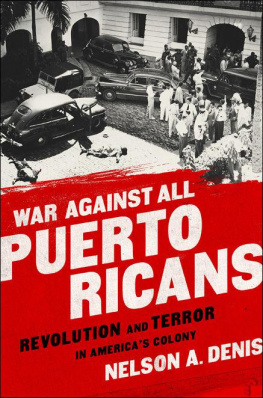

 The paper used in this publication meets the minimum requirements of American National Standard for Information SciencesPermanence of Paper for Printed Library Materials, ANSI/NISO Z39.48-1992.
The paper used in this publication meets the minimum requirements of American National Standard for Information SciencesPermanence of Paper for Printed Library Materials, ANSI/NISO Z39.48-1992.